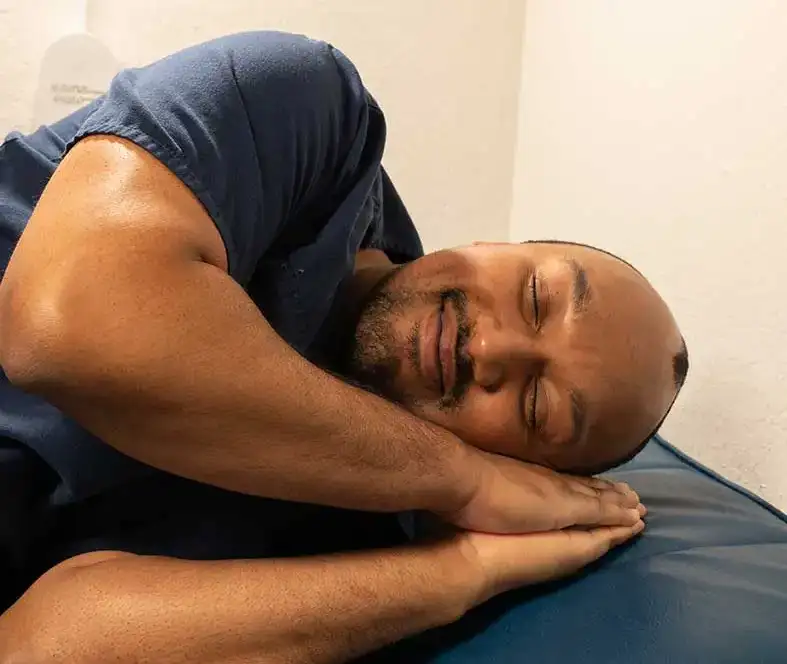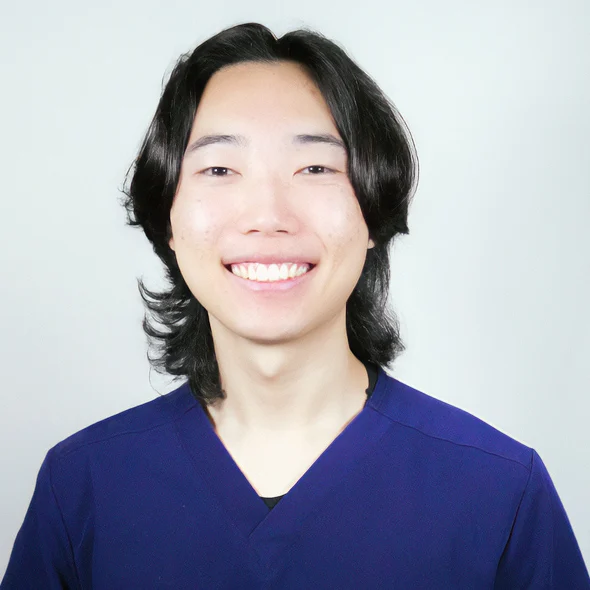If you’ve ever stood up too quickly and felt dizzy or lightheaded, you may have experienced a mild version of what some people live with daily. But what causes this condition, and why do symptoms vary from person to person? In this post, we’ll explore what postural orthostatic tachycardia syndrome (POTS) is, its potential causes, and how it can be managed.
What is POTS?
This condition affects the body’s ability to regulate blood flow, often leading to dizziness, fainting, and a rapid heartbeat. While symptoms are commonly triggered by standing, they can also occur when sitting or lying down. The issue stems from the autonomic nervous system, which controls automatic functions like heart rate, blood pressure, and circulation. In those affected, this system struggles to maintain proper balance, causing discomfort and instability.
What Causes it?
There isn’t a single known cause, but research suggests it results from autonomic nervous system dysfunction. Normally, when you stand up, your body adjusts to keep blood flowing properly to the brain. For individuals with this condition, that response is disrupted, leading to uncomfortable symptoms.
It can occur on its own or as a secondary effect of another underlying condition. Some associated conditions include:
- Ehlers-Danlos Syndrome
- Lyme Disease
- Chronic Fatigue Syndrome
- Mast Cell Activation Syndrome
- Autoimmune diseases such as Lupus and Sjogren’s Syndrome
How Symptoms?
While there is no cure, symptom management strategies can improve quality of life. Here are some ways to help regulate blood flow and reduce episodes:
- Stay Hydrated – Drinking plenty of fluids supports circulation and can help prevent dizziness.
- Increase Salt Intake – More sodium helps the body retain fluids, stabilizing blood pressure. Consult your doctor before making dietary changes.
- Wear Compression Stockings – These can reduce blood pooling in the legs and prevent sudden drops in blood pressure.
- Avoid Triggers – Hot weather, prolonged standing, and stress can worsen symptoms. Identifying and avoiding personal triggers may help.
- Exercise – Gradual, low-impact movement strengthens circulation and improves tolerance over time. Always consult your doctor before starting an exercise routine.
- Medications – Depending on individual needs, doctors may prescribe beta blockers, fludrocortisone, or midodrine to help regulate symptoms.
Final Thoughts
Living with dysautonomia-related symptoms can be challenging, but with proper management, many people find relief. Staying hydrated, adjusting salt intake, wearing compression gear, and maintaining an active lifestyle can all contribute to better stability. If you’re experiencing persistent dizziness, rapid heartbeat, or similar symptoms, consult a healthcare provider to explore potential treatment options.







